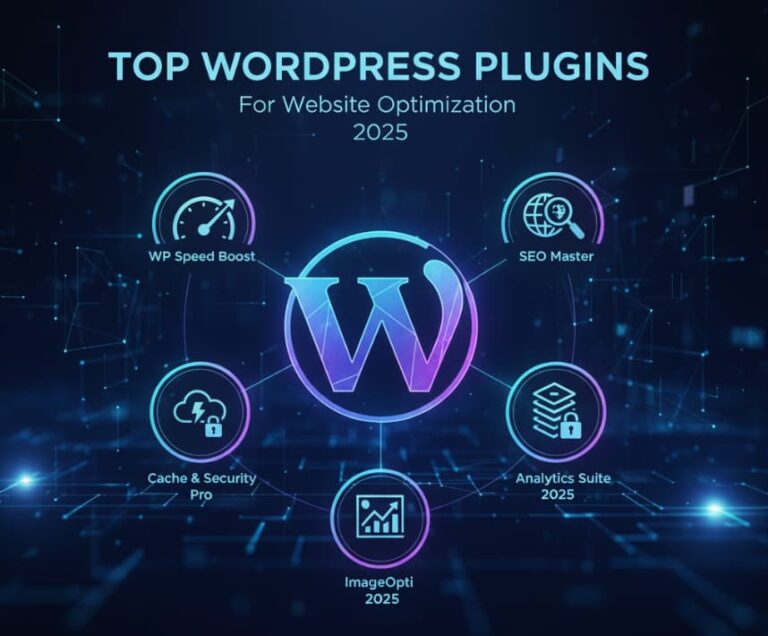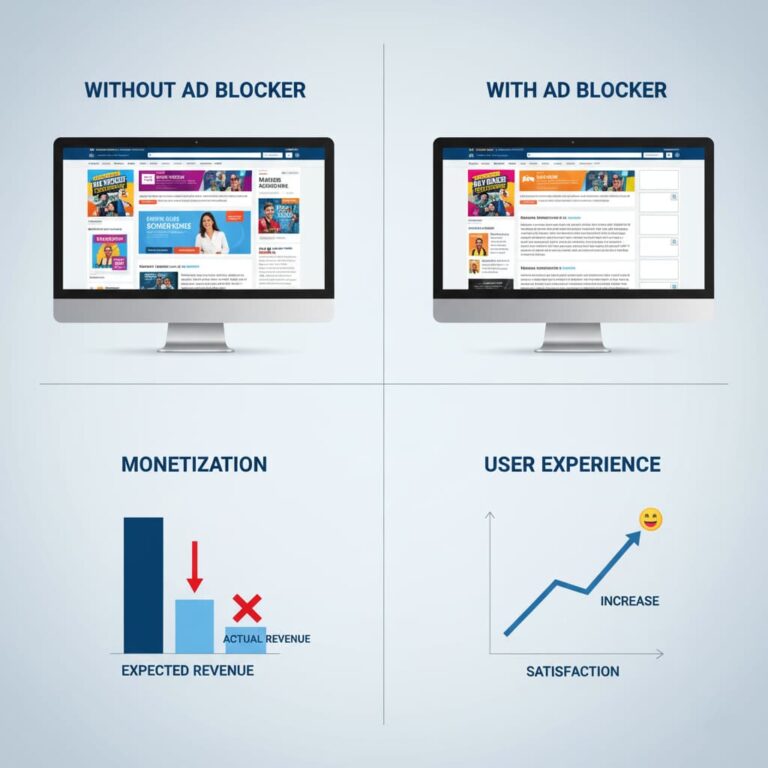There are already many articles proving that everyone should be able to program, and the designer is no exception. Today I want to talk about what programming languages he may need.
Layout: HTML and CSS.
Let’s start with something simple. To be frank, it’s not yet programming. HTML is Hypertext Markup Language. It defines the structure of pages and the elements that make them up. These elements are defined by tags: headings, text, links, lists, etc. An important task of tags is to define the semantics of web documents. For example, the first level heading (h1) should be a single heading, and the correct layout of structural elements (header, footer, article etc.) will facilitate the reading of the code and its reading by search engine crawlers (and not only).
CSS language is needed to style HTML-writing. The name stands for Cascading Style Sheets. . Cascading Style Sheets is because the language uses inheritance from parent to descendant, going down through the elements. With CSS we can position elements, resize them, set rules for typography, create animations, and more.
HTML handles structure, CSS handles layout
The ability to layout will help you create a realistic and implementable design, communicate with developers, and make your work come to life. Moreover, this skill is already a market standard in Europe and the USA and will help you comply with its requirements.
JavaScript
This language was originally created to be executed in a browser, making web pages “live”. It can create and delete HTML tags, send requests to the server, fetch data without reloading the page, respond to user actions and much more.
SQL
If a lot of people have already heard about the necessity of the page makeup and JavaScript knowledge before my article, they might hear about the SQL for the first time. If you are doing UX research, you cannot do without data manipulation, and SQL will be exactly the help you need. SQL stands for Structured Query Language.
R
R is a programming language that was created about 20 years ago exclusively for academic research in data analysis. Since the language is closely related to statistics and applied data analysis, it can be a useful tool for the UX analyst. The language allows you to apply basic statistical analysis techniques: t-test, correlation, variance and regression analysis, etc.
Python
Python is a high-level programming language focused on code readability and developer productivity. The language adheres to its distinct philosophy, called “The Zen of Python”, which states (in a nutshell) that any program in the language (like the language itself) should be simple and not ambiguous. Because of its simplicity, Python is the first programming language that many students around the world learn.









